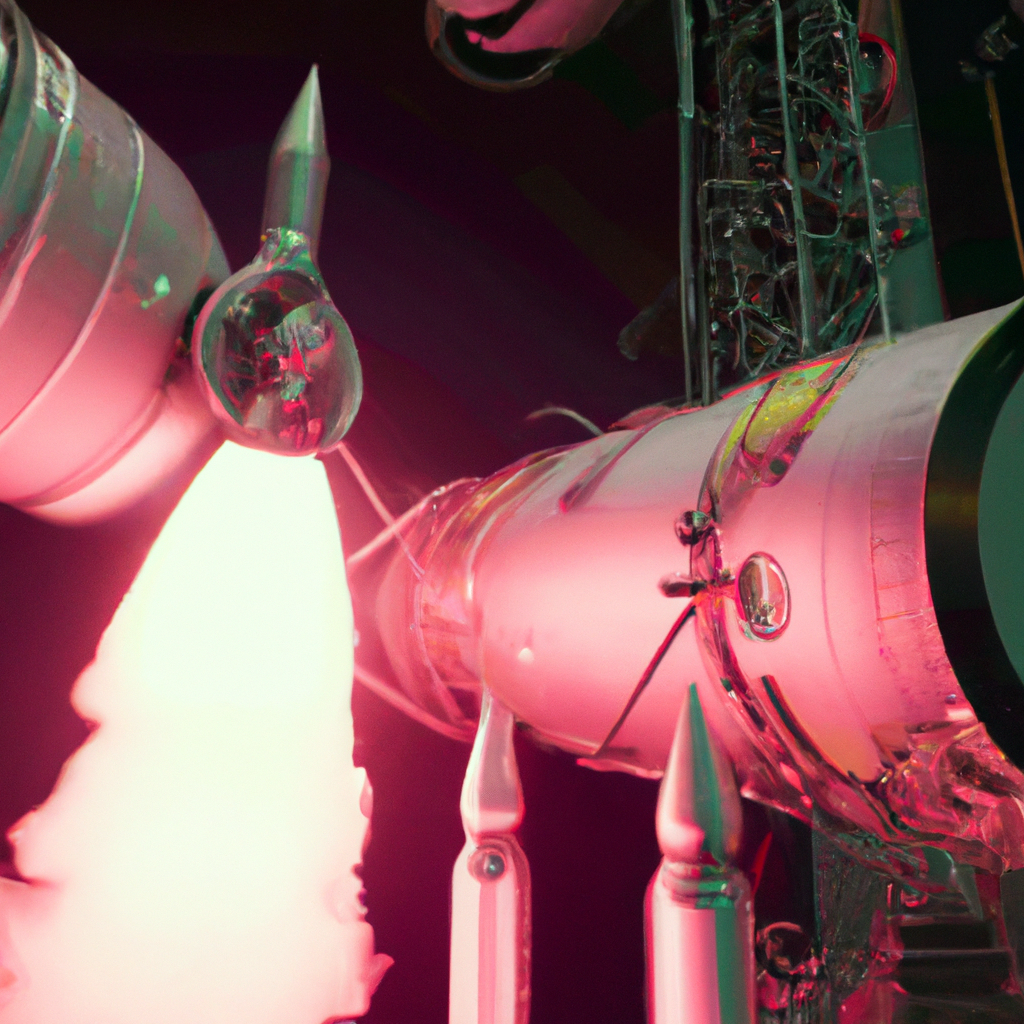Rocket engines are the backbone of space technology, and they have played an essential role in aerospace engineering. The propulsion system of a rocket engine enables it to take off and reach the desired altitude in space. The combustion chamber in the rocket engine is where the magic happens. In this article, we will explore how a rocket engine works to help you understand rocket science.
What is a Rocket Engine?
A rocket engine is a type of propulsion system that uses rocket thrust to create a force that propels a rocket into space. The basic principle of a rocket engine is based on Newton’s third law of motion, which states that for every action, there is an equal and opposite reaction. A rocket engine works by expelling mass in one direction, and the rocket moves in the opposite direction.
How Does a Rocket Engine Work?
A rocket engine works by burning a liquid fuel in a combustion chamber. The fuel and the oxidizer, which are usually liquid oxygen and liquid hydrogen, are mixed in the combustion chamber. The mixture is then ignited, and the resulting chemical reaction produces a high-pressure gas. This gas is directed through a nozzle, which accelerates the gas to a high velocity and generates thrust.
The Combustion Chamber
The combustion chamber is the heart of the rocket engine. It is where the fuel and the oxidizer are mixed, ignited, and burned. The combustion chamber is designed to withstand the high temperatures and pressures generated by the burning fuel. The shape of the combustion chamber is critical to the performance of the rocket engine. The chamber’s shape and size are designed to produce the optimal amount of thrust and efficiency.
Rocket Thrust
Rocket thrust is the force that propels a rocket into space. The amount of thrust generated by a rocket engine depends on several factors, including the amount of fuel burned per second, the velocity of the exhaust gases, and the efficiency of the nozzle. The thrust generated by a rocket engine is measured in pounds or newtons.
Liquid Fuel
Most rocket engines use liquid fuel, which is a mixture of fuel and oxidizer. The fuel and oxidizer are stored in separate tanks and pumped into the combustion chamber when needed. Liquid fuel is preferred over solid fuel because it is easier to control and can be shut down if needed.
Rocket Propulsion
Rocket propulsion is the process of propelling a rocket into space. It involves the use of a rocket engine to generate thrust and lift the rocket off the ground. The amount of thrust required to lift a rocket off the ground depends on its weight and the force of gravity.
Conclusion
In conclusion, a rocket engine is a complex system that works by burning liquid fuel in a combustion chamber to generate thrust. The combustion chamber is the heart of the rocket engine, and it is designed to withstand high temperatures and pressures. Rocket thrust is the force that propels a rocket into space, and it is measured in pounds or newtons. The use of liquid fuel in rocket engines is preferred over solid fuel because it is easier to control. Rocket propulsion is the process of lifting a rocket off the ground and into space. Rocket science is fascinating, and the use of rocket engines in space technology has revolutionized aerospace engineering.







